A couple of years ago, I wrote about my trip to Gallipoli for Anzac Day 2009 with the Australian-based travel group, The Fanatics. It was one of the more memorable experiences of my life and you can read about it here (it’ll only take a couple of minutes, but it’s worth it for those who haven’t visited this sacred site).
Ahead of this year’s 100th anniversary of the Gallipoli landing—the first major military action fought by Australian and New Zealand forces during the First World War—I thought I’d share some more photos from my 24 hours in Gallipoli, and a couple from Istanbul.
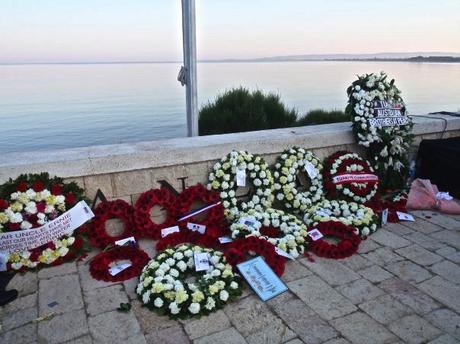
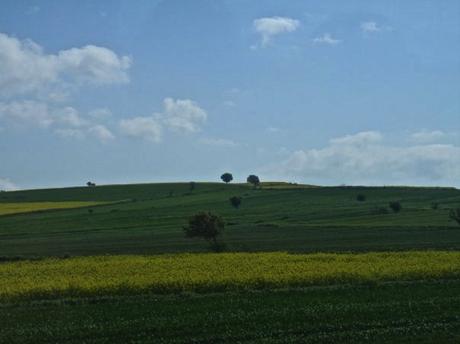
Fields of green and gold greeted us as we made our way to the Gallipoli Peninsula on Anzac Day eve.
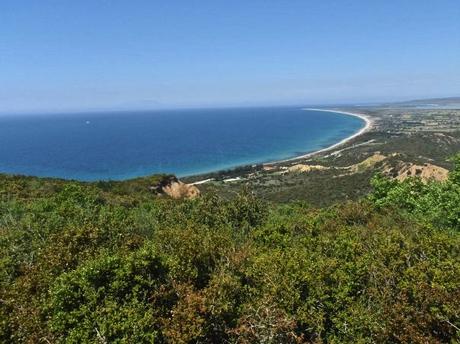
In 1985, the Turkish Government agreed to the official naming of this part of the Gallipoli Peninsula ‘Anzac Cove’.
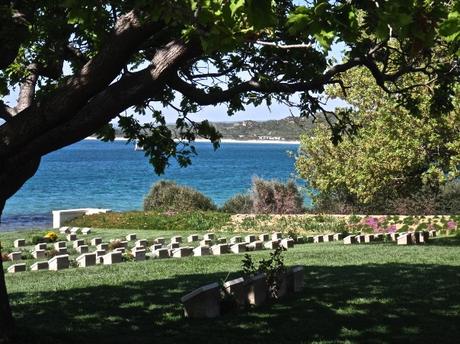
The beachside war cemetery of Ari Brunu at Anzac Cove contains the graves of 182 Australians, including 82 men from the Australian Light Horse regiments.
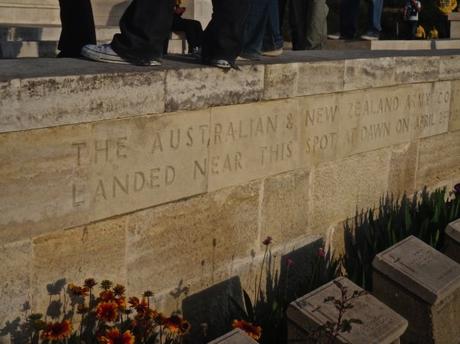
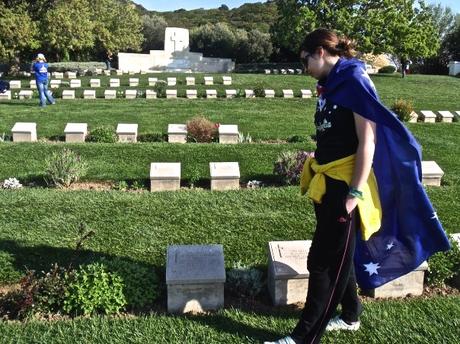

A tribute written in 1934 by Atatürk (Mustafa Kemal), commander of the 19th Division, the main reserve of the Turkish Fifth Army, wrote this tribute to the Anzacs killed at Gallipoli.

The Lone Pine memorial commemorates more than 4,900 Australian and New Zealand servicemen who died in the Anzac area. Some died at sea buried in the waters off Gallipoli.
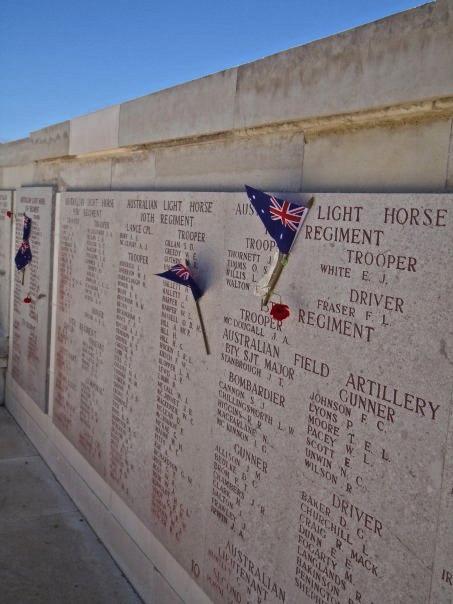
The memorial at Lone Pine.
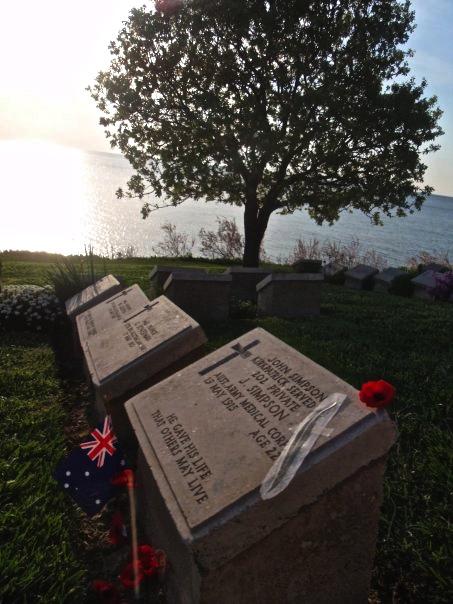
The grave of John “Jack” Simpson Kirkpatrick (6 July 1892 – 19 May 1915), who was a stretcher bearer with the Australian and New Zealand Army Corps. After landing at Anzac Cove on 25 April 1915, he obtained a donkey and began carrying wounded British Empire soldiers from the front line to the beach, for evacuation. He continued this work for three and a half weeks, often under fire, until he was killed, during the Third attack on Anzac Cove.
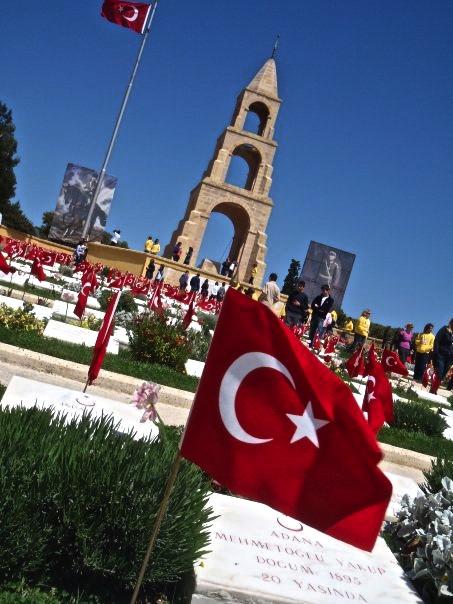
The Turkish 57th Regiment Memorial.
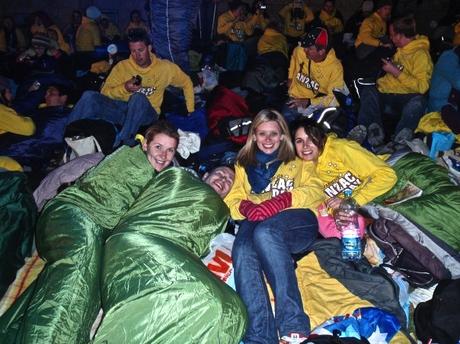

So proud to be in Gallipoli honouring those who sacrificed their lives for our freedom.
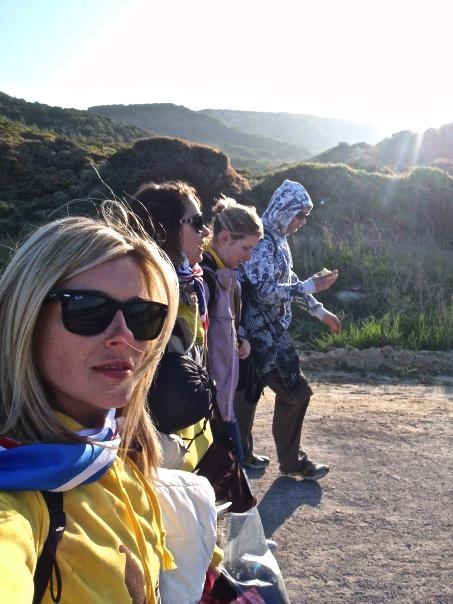
Following the Dawn Service, we made the 3km trek from Sulva Bay to Lone Pine for a second memorial service. I couldn’t even imagine trying to do it under enemy fire.
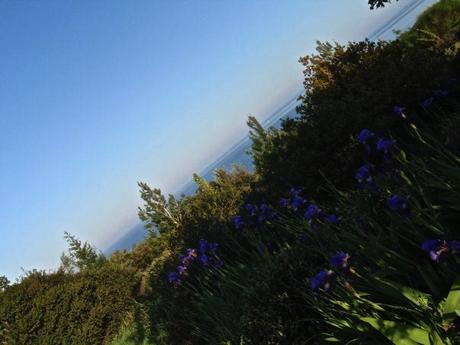
Were it not for the 37 cemeteries and war memorials scattered across its peninsula, the area’s beauty could almost mask its tragic past; where wildflowers now grow, blood was once spilled.
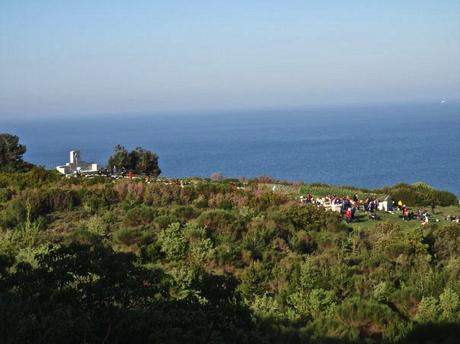
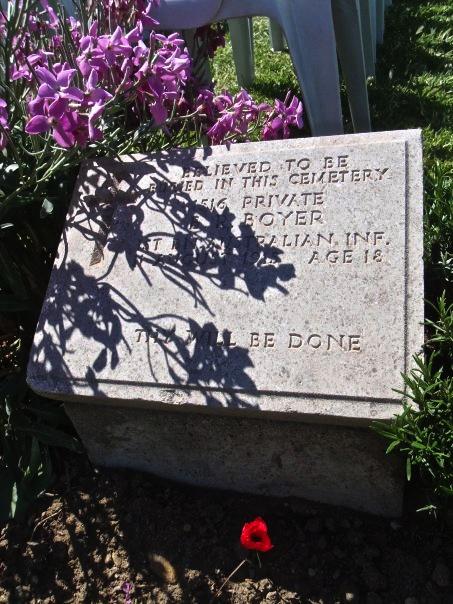
Families were allowed 65 characters to write a lasting message about their loved one on the headstones scattered across the Gallipoli Peninsula.
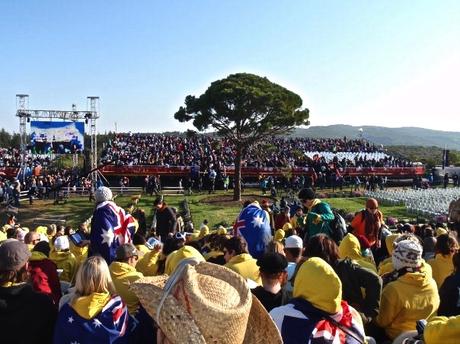
Waiting for the Australian service at Lone Pine where Turks and Australians lived, fought and died.

Istanbul’s Grand Bazaar is one of the largest covered markets in the world with more than 58 streets, over 1,200 shops, and more than 250,000 visitors daily. Products include handmade rugs, pottery, mosiac lanterns and much more.
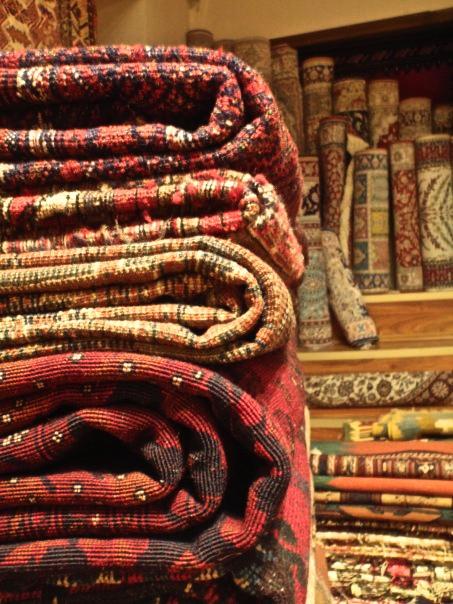
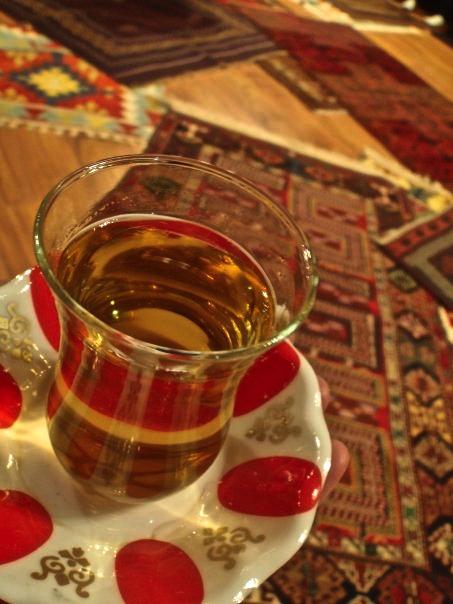
Apple tea and hand woven rugs are two of Turkey’s specialties.
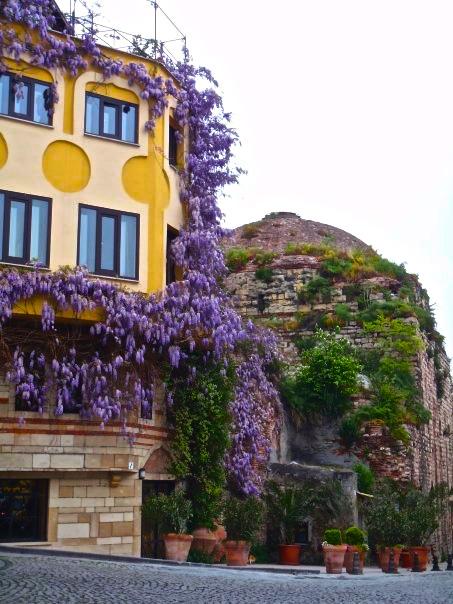
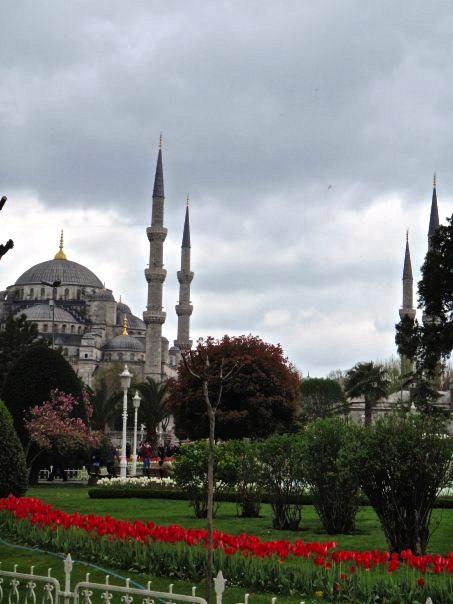
The Blue Mosque in Istanbul mosque was built between 1609 and 1616 years, during the rule of Ahmed I, and was named for the blue tiles surrounding the walls of interior design.
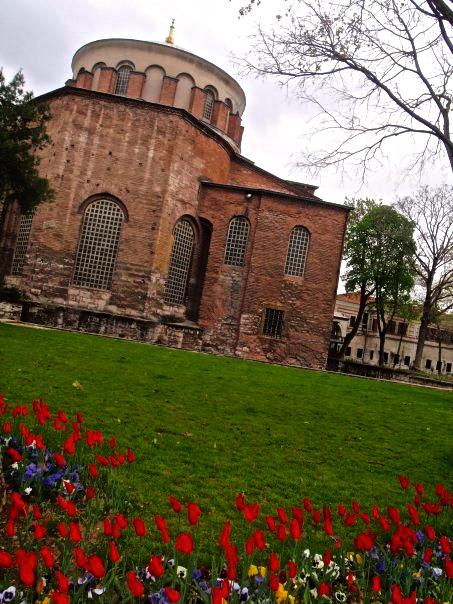
The gardens inside Topkapi Palace, Istanbul which was the primary residence of the Ottoman sultans for approximately 400 years (1465–1856) of their 624-year reign.
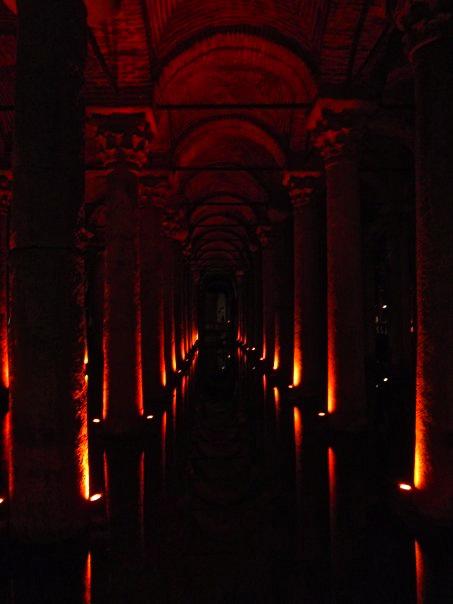
The underground cistern in Istanbul is thought to have been built 532 AD.
